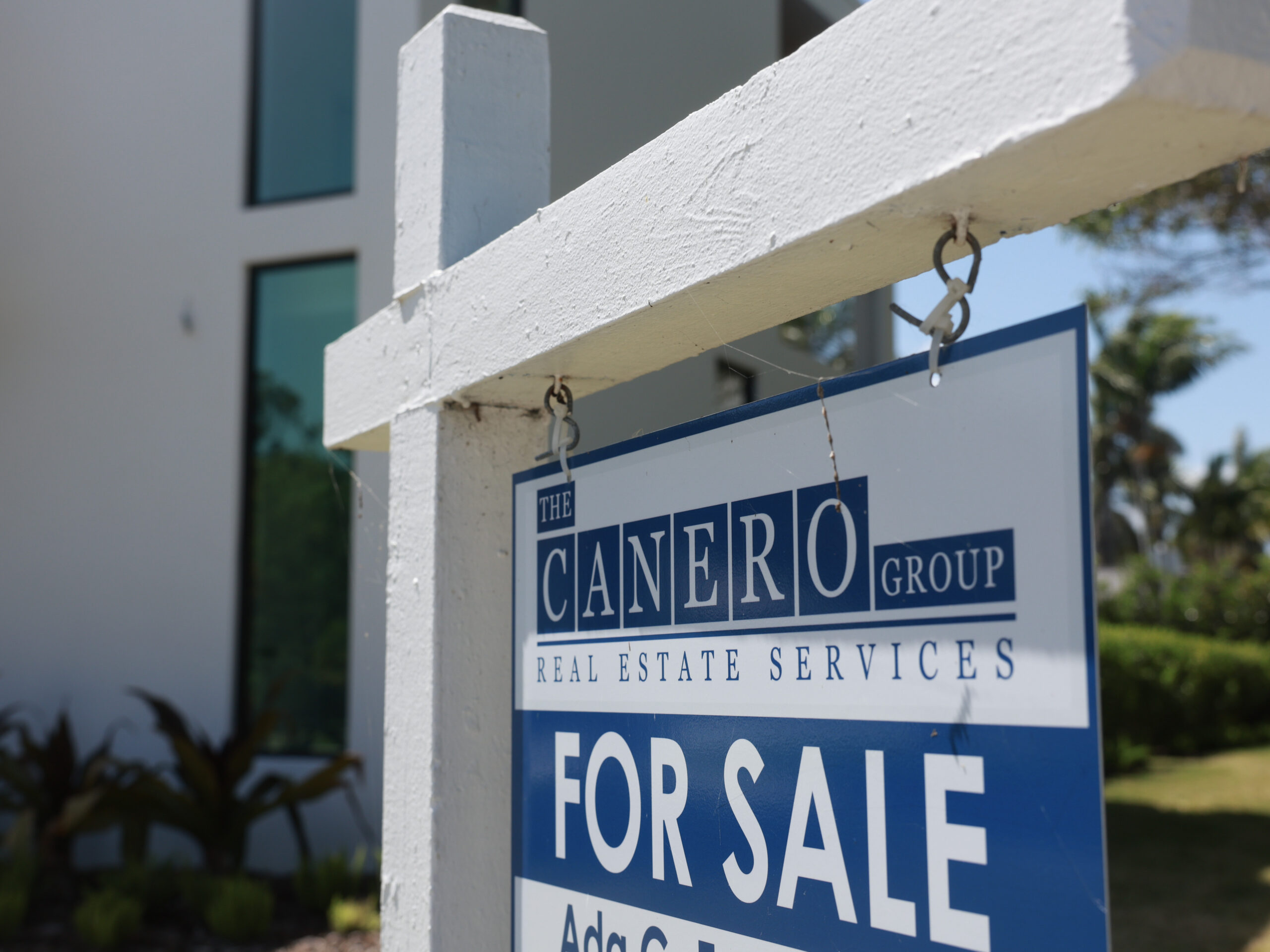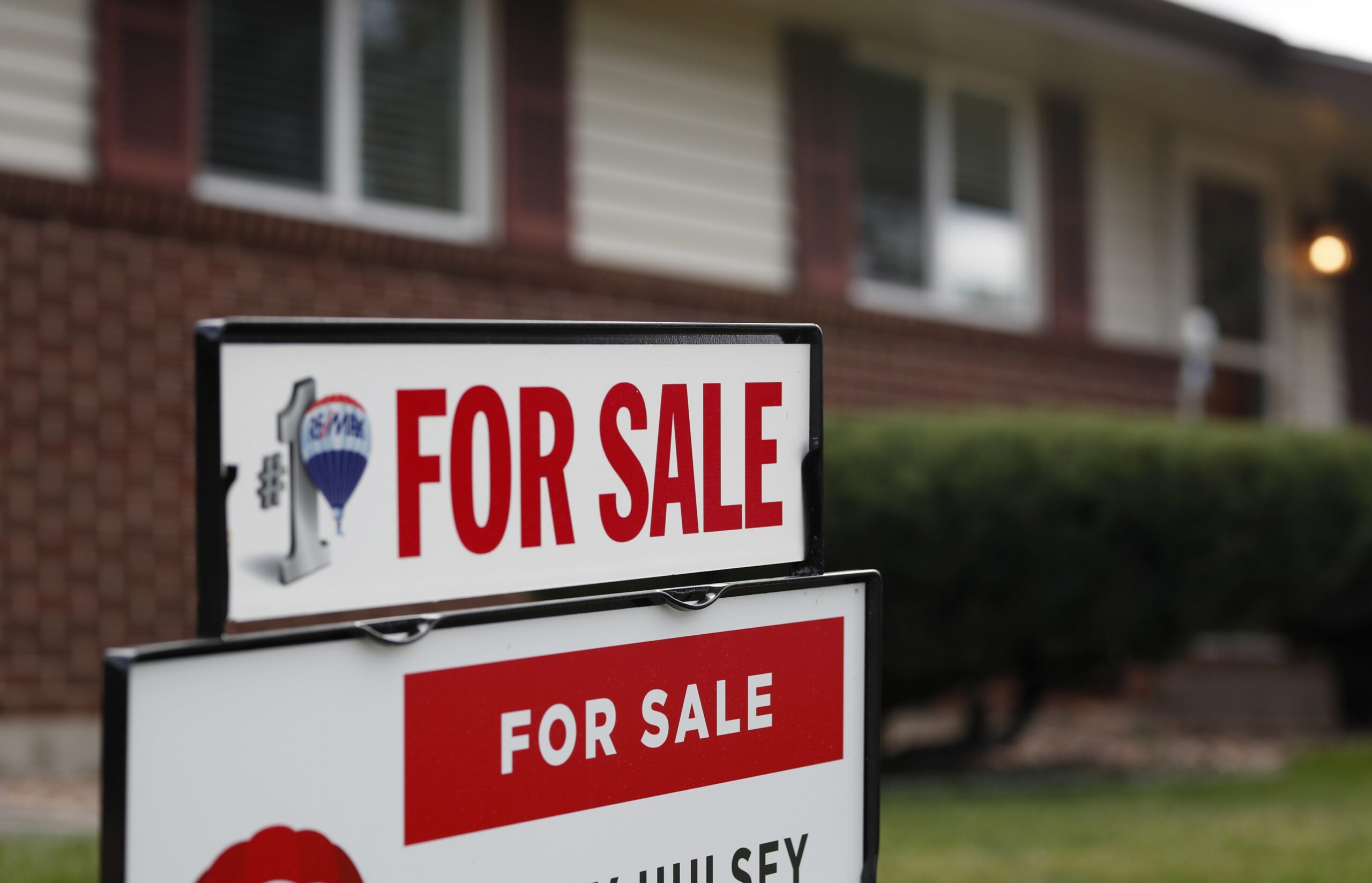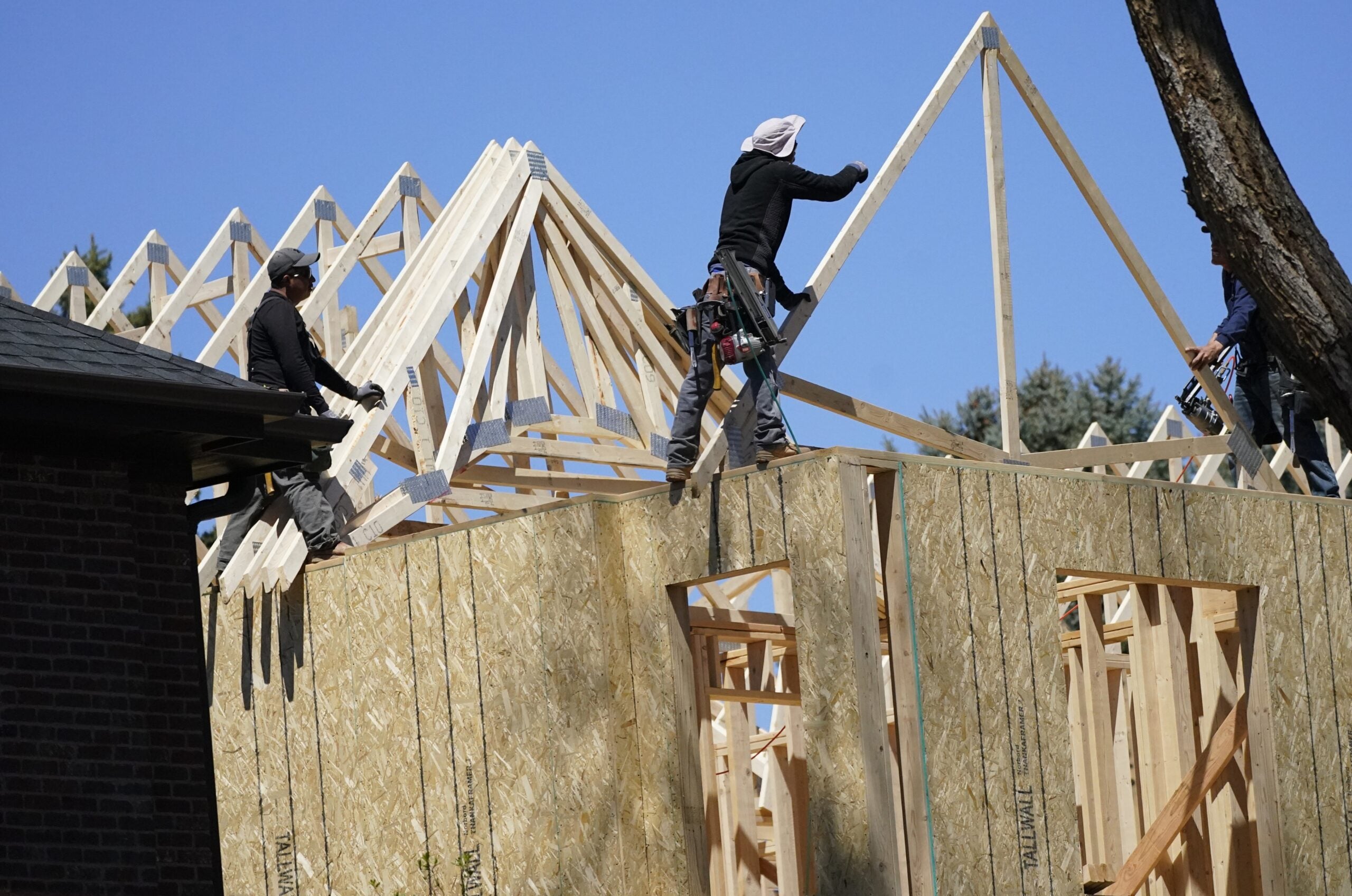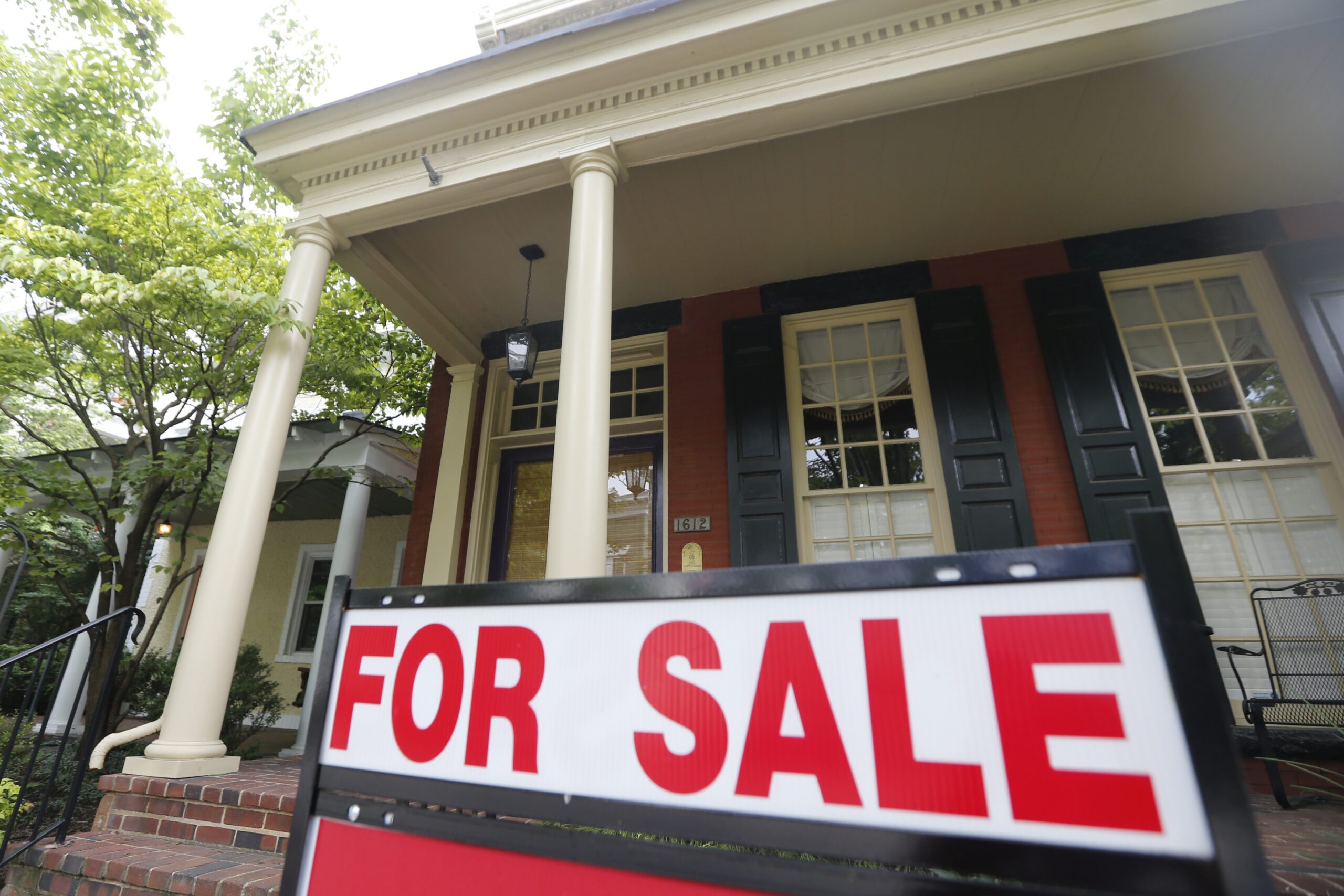If you’ve been trying to buy a home in certain parts of Wisconsin in recent years, you know the difficulty — it’s a seller’s market, especially in urban areas.
According to housing experts, the reasons behind such a tight market include a lack of existing home inventory, changes in homeowner behavior since the Great Recession and fewer new homes being built.
Existing home inventory
One way the housing industry measures supply and demand of existing single-family homes for sale is tracking availability monthly. A six-month inventory is considered a balanced market. Anything greater than six-months is considered a buyer’s market, a supply of homes less than six-months is considered a seller’s market.
“It’s a statewide problem with regards to a lack of inventory,” said La Crosse Realtors Association President Steve Lillestrand. “If we had more homes to sell, we could sell more homes.”
According to data from the Wisconsin Realtor’s Association, in December of 2017, the average inventory statewide was 3.8 months, down from 4.9 months in 2016. La Crosse County and Dane County have the lowest existing home inventories in the state. La Crosse County ended the year with a 2.3 month inventory.
Median home prices in La Crosse County ended 2017 at $175,000 — $8,000 more than 2016. The statewide median home sold for $174,000 in 2017.
There is also a rural/urban divide in housing markets in Wisconsin. Rural counties have a more balanced 6.2-month inventory of homes for sale, while Wisconsin’s 26 metro areas have a 2.8-month inventory.
Homeowner behavior
It has become less common since the 2007 recession for homeowners to move into a new home, which of course means there have been fewer existing homes on the market for first-time homebuyers to choose from.
Rather than looking to buy new homes, homeowners have chosen to stay put and remodel their existing home.
“In the perfect world, we’d see more move-up buyers, which would create more existing home inventory, which would create more inventory for those first-time buyers,” Lillestrand said.
Marquette University economist David Clark, who helps analyze numbers for the Wisconsin Realtors Association, said the reluctance of existing homeowners to build a new home or buy bigger is not surprising since the recession wiped out home values across the country.
“Statewide, (during the recession) we lost about 17-percent of our (housing) value from peak to trough. Now we’ve recovered that,” he said. “In that decline, you had an awful lot of people who decided, ‘I’m going to stay in this home, we’re going to age in place.’”
Fewer new homes
As a realtor, Steve Lillestrand sees optimism in what he calls a “resurgence” of the new home market.
United State Census Bureau figures suggest Wisconsin built nearly half as many new single-family homes in 2016 (10,998) than it did in 2006, (19,607) the year before the recession started.
La Crosse Area Builders Association President Paul Westlie said he’s not optimistic that new home building is headed to pre-recession levels anytime soon.
“We’re not getting enough lots available for the people in those regions that want to build,” he said. “Holmen (northern La Crosse County) right now is number one in growth in the whole state of Wisconsin. Our developments now we’re going to be opening up have about 500 lots for people to purchase and build new homes, just in Holmen alone.”
Westlie said new home growth is stagnant in the rest of La Crosse County.
La Crosse Area Builders Association Executive Officer Tena Bailey said since the 2007 recession, new homebuyers are looking for smaller homes with more expensive amenities.
She said the recession also took a toll on the home construction industry with many builders opting for retirement. She said that’s led to a shortage of workers in the industry, something LABA is working with area schools to address.
Clark said it could be a tight housing industry in Wisconsin for several more years.
– John Davis
Episode Credits
- Hope Kirwan Host
- John Davis Producer
- Steve Lillestrand Guest
- David Clark Guest
- Paul Westlie Guest
- Tena Bailey Guest
Wisconsin Public Radio, © Copyright 2024, Board of Regents of the University of Wisconsin System and Wisconsin Educational Communications Board.





